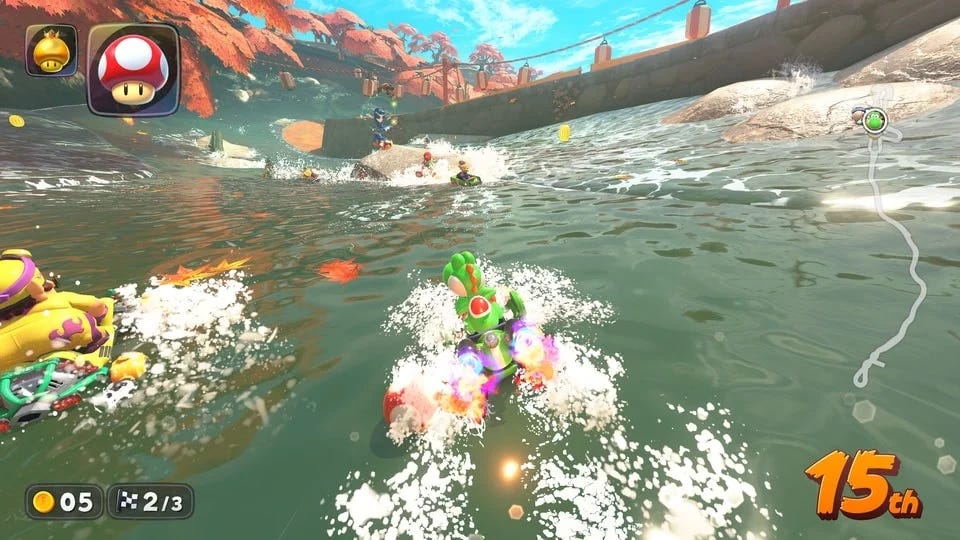“You can hop but you won’t always be hip,” noted flautist Andre 3000 once said of his decision to retire from rapping. But that hasn’t stopped these other dudes. Indeed, we now have a pantheon of old-man rap records, from Hov, Tribe, Nas, “Mount Westmore,” and so on, some better than others, all obstinately hopping while hipness wavers. The Clipse ought to be different — Pusha has released two great, innovative solo releases this decade — but the long-awaited reunion can feel anti-Clipse, peppered with mawkish musical ideas, laborious guest verses, and wince-inducing hooks. But while Pharrell seems to be tugging the Clipse toward Benson Boone, the Thornton brothers are pulling it toward EPMD, finding enormous pockets in ‘80s cadences that emphasize line after remarkable line. Frankly, our boys sound incredible, particularly on the fleet-footed acronym tracks in the record’s back half that seem to suggest a tighter 28-minute LP buried somewhere inside this one. We’ll never have that record — a certain amount of cheese is unavoidable in the old-man rap game — but I’m glad, despite everything, we got this one.
Discourse-impervious, Mario Kart World (anecdotally) enraptures a room of people of mixed age, background, and interest level like no videogame since Wii Sports, straight up. It’s a pleasure machine, the sort of product you can design when your previous iteration held up for a decade of abuse, 80 million times over. More than most videogames, I think its appeal is visual: a case of artifice, of curvilinear vaults into cotton-candy skies and soaring backflips off a cartoon canyon into rush-hour traffic. Like recent Monster Hunter games, it delights in a sacrilegious automation — streamlined, sinuous, it plays itself — while the animations grow more preposterously and generously interactive. The car squishes, the marshmallow cow wahoo!s, the wheels flip out, the turtles hoot, you nudge a joystick and confetti pops into your face, smelling of vanilla. Nowhere is this clearer than in the brief passages when the road dips into water and your car turns into a jetski and some of the best waves I’ve ever seen deform the landscape into a serious of tactile, ever-rising ramps. Nintendo has a history of designing generational games in parallel; we have not seen the last of these waves.
This movie has an iPhone in it. I am not talking about its production, which utilized banks of iPhones to create a disorientingly variable image quality, at times as flat and snuff-like as the original film, and in others as dazzlingly widescreen as anything else you’d find at the multiplex, all cut together as prudently as anything this side of Fury Road. No: I am talking about a character in the movie who produces an iPhone, 28 years after an apocalypse that occurred 5 years before the iPhone was invented. Said iPhone is used to briefly display a selfie of the sort only conceivable following the advent of social media, which suggests that not even a total societal collapse could stop the indomitable forward march of the internet. There had always been a frisson of science-fiction to the original film, felt largely through the grimy 1K aesthetic, the digital artifacts, the sense of an argument seething beneath it all. The new film lets those ideas foment just off-screen, suggesting a dystopia far stranger than we quite realize. Did you know fully half the characters in this movie are named Jim? What, exactly, happened here?
I never knew how Moby Dick ended. This seems crazy, now that I do know. How is this not all anyone knows about Moby Dick? I knew something of the journey to get there — “Call me Ishmael,” of course, followed by long, ostensibly punishing passages about ship etiquette and knot techniques. I did not know that said passages were written with an almost psychedelic exuberance — that invented typologies of whales burst with invented adjectives; that the book, in its churning succession of short, hyper-specific chapters, has the ceaseless ebb of the high seas in its very structure; that the whole thing, you realize eventually, is more a piece of nonfiction composed as if it were cosmic horror, in which there are obviously characters but the primary character and protagonist is the concept and practice of whaling and that it contains within it all the terror and lust of human existence. The antagonist is not the whale. The antagonist is you, reader. You have been getting off too easy out here, “reading.” Moby Dick doesn’t show up until the final 20 pages, but they are about as good as pages get. You end up exactly as had been predestined: consumed.
If you are anything like me — and if you opened this email, you probably are, kinda — you read a lot about culture and technology. But there’s a bias among major outlets toward the technology. The concern is the internet, the platforms, the players. When culture is written about at all it's often with a sarcastic remove. But what I’m interested in is the culture, the artwork, the stuff. I’ve been working for awhile on a new project called EX along with some incredibly smart people because, somewhat selfishly, I want an excuse to read their thoughts on this subject. We were sharing a self-employed day of leisure (read: playing Elden Ring together) and generated so many ideas — about games, YouTube, why drum’n’bass sounds good on TikTok, and so on — that we wanted somewhere to put them. We settled on a weekly digest of findings: micro-stories, maybe even pitches, recommended with what we hope is both sobriety and sincerity. Eventually, other sends may stretch out into features, conversations, or variations on the digest format. We’re stoked. Subscribe here.
(As for 200 Words: It’s shelf-stable. Resting easy. It’ll be back when the people need it.)
Loading more posts…













